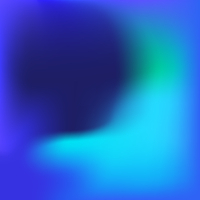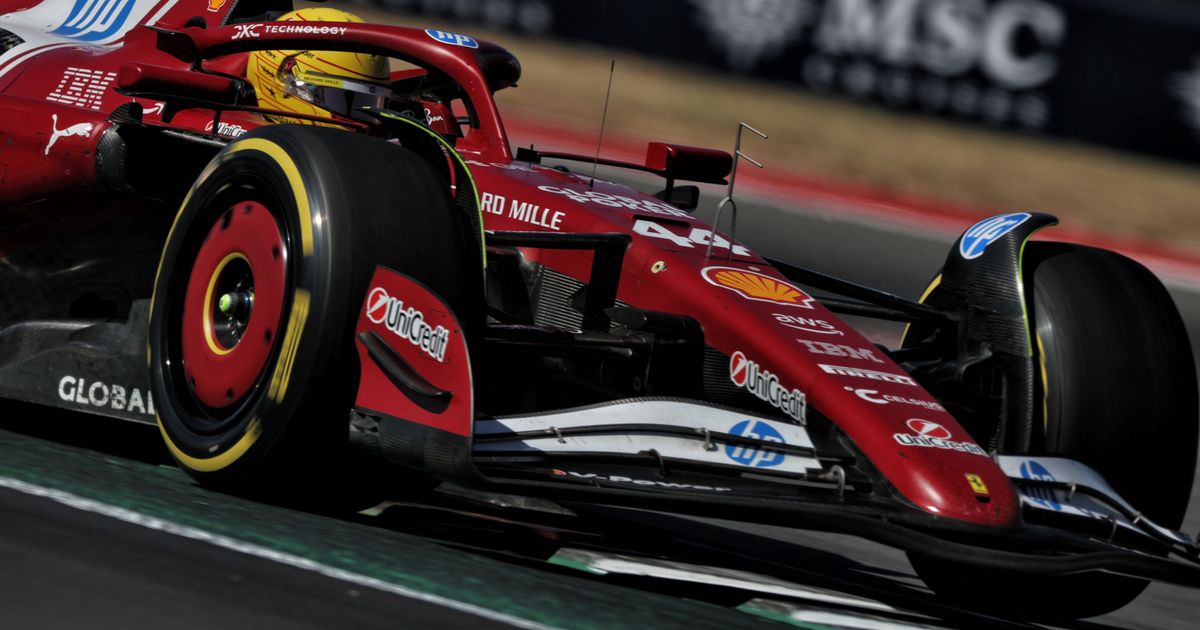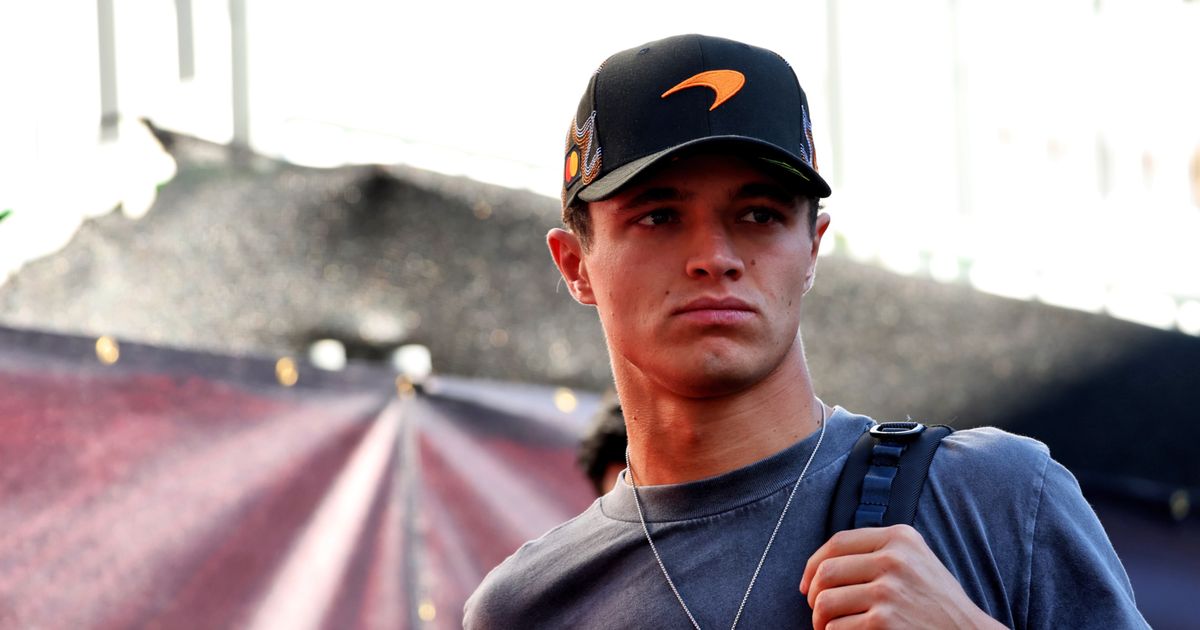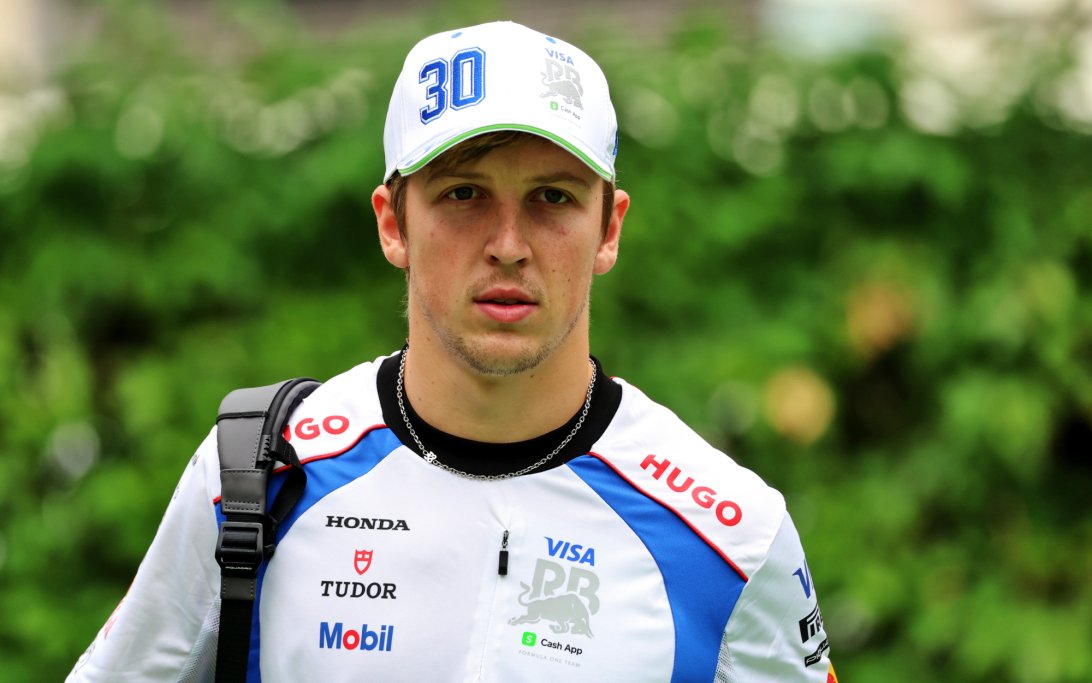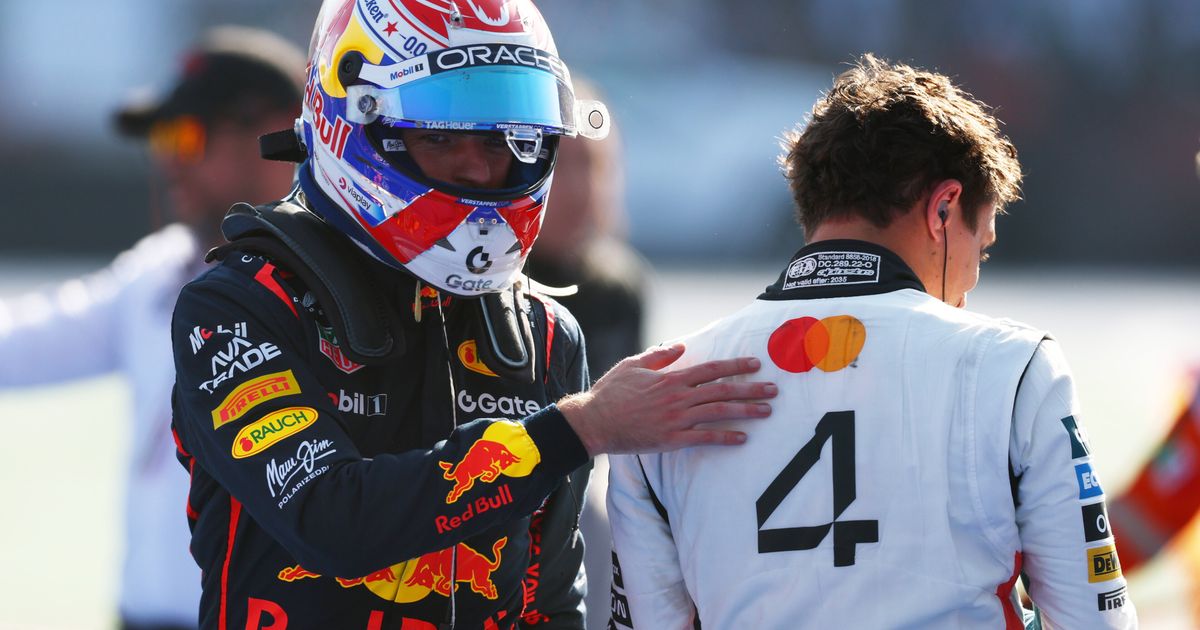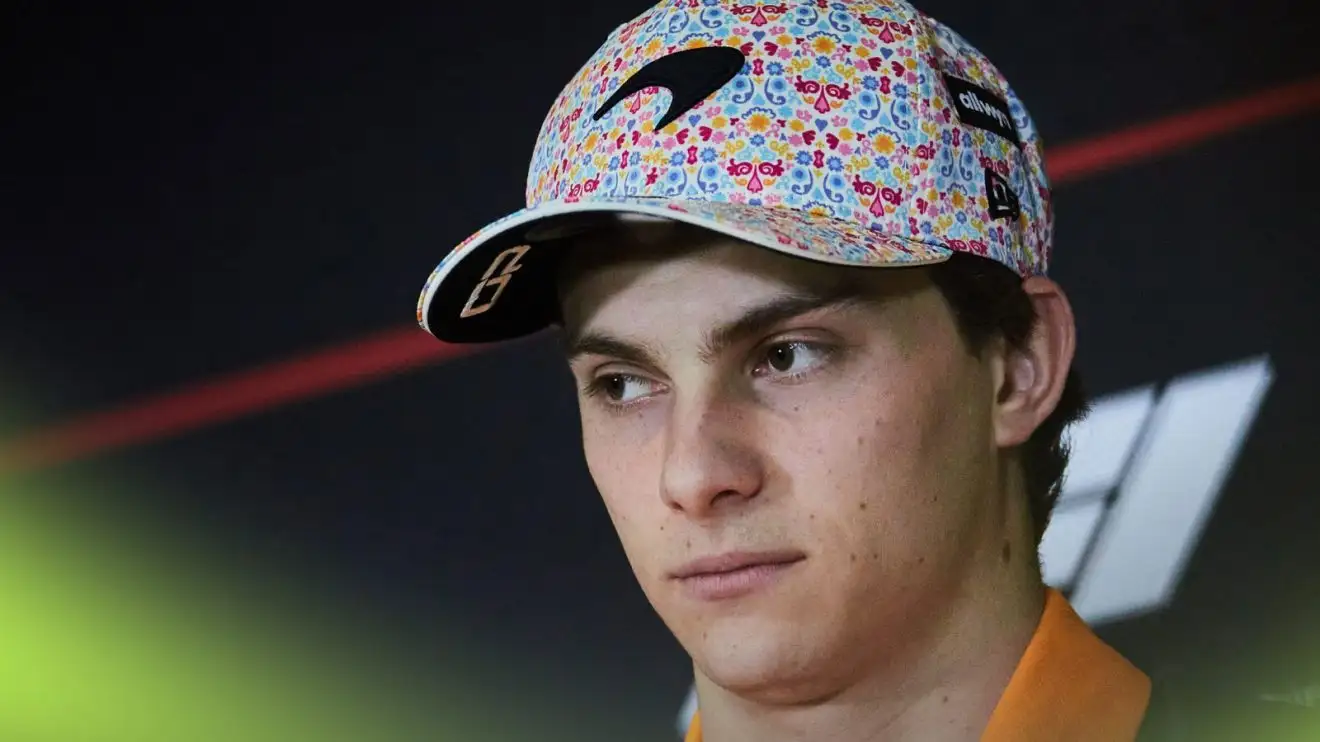
Jacques Villeneuve's Theory on Oscar Piastri's Recent Slump
Oscar Piastri's recent dip in performance might be a "red herring," according to 1997 F1 World Champion Jacques Villeneuve. He suggests that Piastri was already at his limit when competing against an underperforming teammate, and as Lando Norris elevated his game, Piastri's performance plateaued.
Why it matters:
Piastri's early season success garnered significant attention, but his recent struggles against Norris raise questions about his long-term potential and McLaren's internal dynamics. Understanding the true nature of this performance shift is crucial for assessing both drivers and the team's trajectory as the F1 season progresses.
The Details:
- Performance Shift: Piastri now trails McLaren teammate Lando Norris by a single point after the Mexico City Grand Prix, where Norris won and reclaimed the lead in the drivers' standings for the first time since Round 5 (Saudi Arabian Grand Prix).
- Early Season Contrast: In the initial rounds, Piastri matched Norris, winning five times in eight races from the Chinese Grand Prix. However, his performance has dipped recently, coinciding with the chasing pack closing in on McLaren's early-season performance margin.
- Villeneuve's Theory: Jacques Villeneuve postulates that Piastri's early success might have been flattered by a less-than-optimal Lando Norris. Villeneuve notes Norris's discomfort with the car earlier in the season, suggesting this allowed Piastri to appear stronger.
- The "Limit" Argument: Villeneuve argues that Piastri was already at his performance limit. "When all you have to fight is your teammate, maybe you don't push to that last limit, that last tenth of a second." He believes that when Norris "stepped up" his game (starting around Baku), Piastri couldn't match the increase because he had already reached his peak.
- Psychological Impact: Villeneuve suggests that when a teammate improves, and a driver realizes they can't easily find those extra tenths, it "gets in your head." This can lead to self-doubt, overthinking setups, and ultimately, a decline in performance.
- Car Development: The lack of significant updates to McLaren's 2024 car (due to early focus on the 2025 regulations) further supports Villeneuve's view that the car itself hasn't changed dramatically enough to explain the performance gap purely from a technical standpoint.
Between the lines:
Villeneuve's analogy to other sports, where teams perform averagely all season only to excel or collapse in the playoffs, highlights the psychological and pressure-driven aspects of elite competition. He posits that Piastri's current struggle isn't due to a sudden drop in ability but rather a revealing of his true limit when faced with a fully optimized and performing teammate.
What's next:
Piastri will need to rediscover his early-season form and prove he can elevate his driving when under increased pressure and against a top-tier teammate. If Villeneuve's theory holds, Piastri's ability to overcome this mental hurdle and find those extra tenths will be crucial for his future in Formula 1.
Original Article :https://www.planetf1.com/news/oscar-piastri-form-slump-theory-jacques-villeneuve
